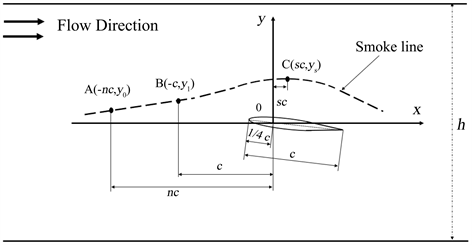

The various unsteady lift enhancement mechanisms are also addressed, including leading-edge vortex, rapid pitch-up and rotational circulation, wake capture, and clap-and-fling. The interplay between flapping kinematics and key dimensionless parameters such as the Reynolds number, Strouhal number, and reduced frequency is highlighted. The book consider both biological flyers and MAVs, including a summary of the scaling laws-which relate the aerodynamics and flight characteristics to a flyer's sizing on the basis of simple geometric and dynamics analyses, structural flexibility, laminar-turbulent transition, airfoil shapes, and unsteady flapping wing aerodynamics. The primary focus of this book is the aerodynamics associated with fixed and flapping wings. Birds, bats, and insects have been of interest to biologists for years, and active study in the aerospace engineering community, motivated by interest in micro air vehicles (MAVs), has been increasing rapidly.

Low Reynolds number aerodynamics is important to a number of natural and man-made flyers.

The landing configuration was also tested and an experimental optimization of flap and slat positions was carried out to obtain a high maximum lift coefficient. To validate numerical results and to analyze the effect of laminar bubbles on airfoil performance, the pressures on airfoil surface and in the wake were measured and flow visualizations were done using fluorescent oil. Exhaustive wind-tunnel tests were performed at the Department of Aerospace Engineering and the experimental results are described here. A high-lift configuration, including slat and single-slotted flap geometries, has been developed and is illustrated in this paper. An inverse design philosophy has been applied and is described the numerical analysis performed used XFOIL, MSES, and TBVOR computational codes and the effects of airfoil shape on complete aircraft performances were taken into account. The design and analysis of a new airfoil to be employed on a ultralight aircraft with short takeoff and landing is presented. And whenever the geometric points of the new one is close to the points of the reference one, their characteristics approach these of the reference airfoil Here, the designer is able to choose the characteristics with high accuracy so that they could fit the purpose of the designed aircraft, based on the aerodynamic characteristics of known airfoils, because the characteristics of the new airfoils are intermediate between the references. Results show a useful method that enables to create new airfoils, geometrically, and it also enables to control the aerodynamic characteristics of the aircraft, so that it can provide a large number of options among the reference airfoils. The angle of attack as a variable varied from-14o to +14o. The results obtained from this study will be tabulated and graph of the relationship between the Lift to the Angles of Attack will be plotted. A comparison of the obtained characteristic of new airfoils also be done with the available data for the reference airfoils. The simulation will be done at the same conditions corresponding to angle of attack, velocity and Reynolds numbers.

CFD simulations were applied to new and reference airfoils using fluent to verify aerodynamic characteristic. In total, four new airfoils configurations were generated, by drawing the required coordinates of the new possible models between the coordinates of the two mentioned airfoils.
LOW SPEED HIGH LIFT AIRFOIL SOFTWARE
For this purpose, a geometric design philosophy has been applied as a first step and here it's described Using CAD software (CATIA) reference airfoils (NACA 652-415 and NLF (1)-0215.) are drawn geometrically at the same coordinates, from the same starting point and at the same scale. The aim of this research was to find out whether it is possible to obtain a new airfoil design for an ultra-light aircraft, geometrically in which the aerodynamic characteristics are intermediate between two known airfoils (NACA 652-415 and NLF (1)-0215).


 0 kommentar(er)
0 kommentar(er)
